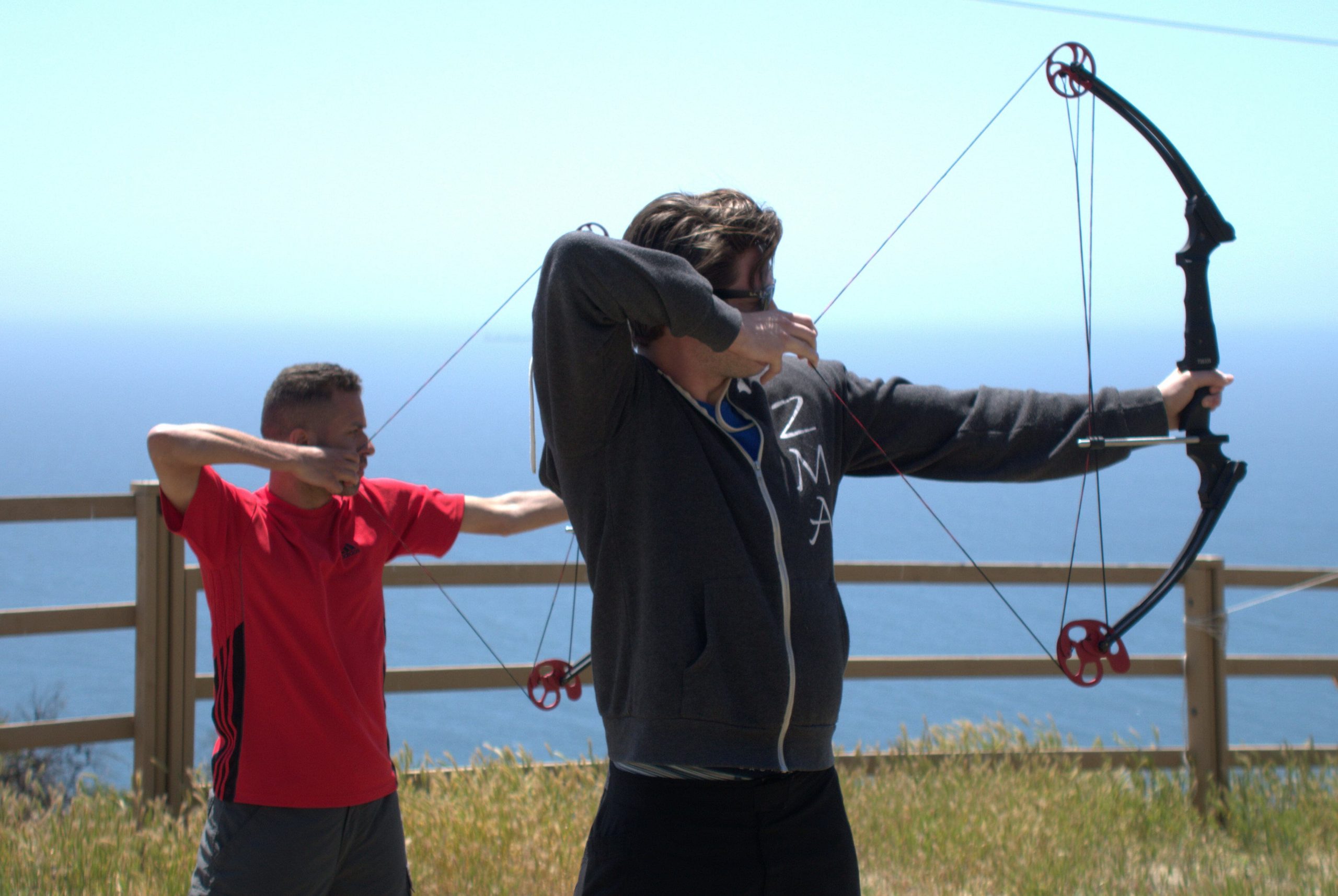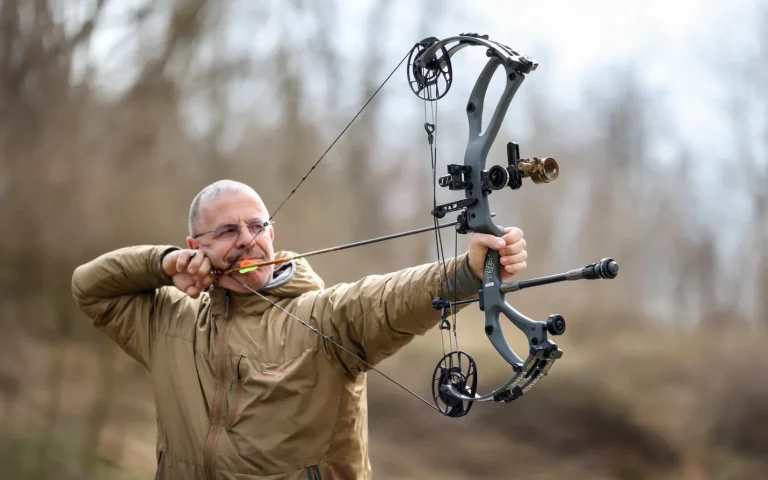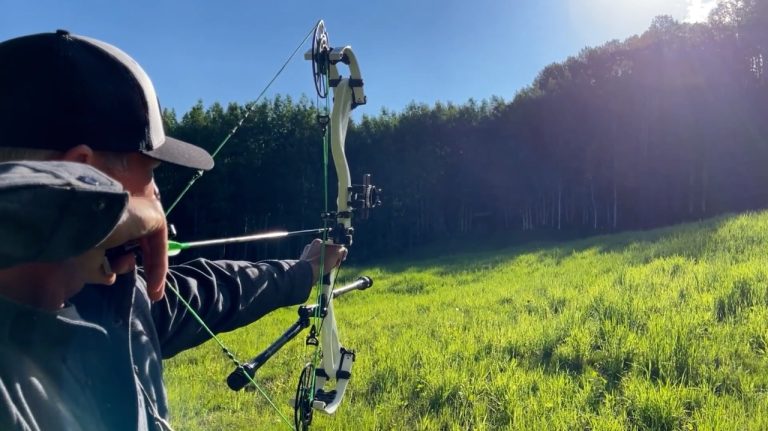Overcoming Target Panic in Archery: A Comprehensive Guide
Archery, often perceived as a serene and focused sport, can sometimes present unexpected challenges for its practitioners. One of the most notorious hurdles that archers face is known as target panic. This phenomenon can affect archers of all skill levels, from beginners to seasoned competitors, causing them to struggle with accuracy and consistency. In this comprehensive guide, we will delve into what target panic is, its symptoms, causes, and most importantly, effective strategies to overcome it.
Understanding Target Panic
Target panic manifests as a sudden loss of control or involuntary movement when an archer aims at a target. This can result in premature releases of the arrow, jerky movements, or an inability to hold steady on target. It is often described as a mental block or a form of anxiety specific to archery.
Symptoms of Target Panic
Identifying target panic early is crucial for addressing it effectively. Symptoms may include:
- Flinching or Jerking: Archers may experience a reflexive reaction to release the arrow prematurely.
- Inconsistent Shooting: Shots may vary significantly in accuracy and placement.
- Mental Block: Difficulty in aiming or maintaining focus on the target.
Causes of Target Panic
Target panic is multifaceted and can stem from various factors:
- Psychological Pressure: The desire to perform well or meet expectations can lead to anxiety.
- Repetitive Behavior: Continuous training without variety can reinforce negative habits.
- Lack of Mental Preparation: Insufficient mental training or preparation can exacerbate anxiety during competition.
Strategies to Overcome Target Panic
1. Awareness and Acceptance
Acknowledging the presence of target panic is the first step towards overcoming it. Understand that it is a common challenge that many archers face at some point.
2. Relaxation Techniques
Incorporate relaxation techniques such as deep breathing, visualization, and progressive muscle relaxation into your practice routine. These can help reduce anxiety and promote a steadier aim.
3. Shot Execution Practice
Focus on the process rather than the outcome during practice sessions. Practice releasing the arrow smoothly and consistently, paying attention to your form and mental state.
4. Physical Conditioning
Strengthening the muscles involved in archery, particularly those in the back and shoulders, can improve stability and control during aiming.
5. Mental Training
Engage in mental exercises that enhance concentration, focus, and confidence. Visualization of successful shots and positive outcomes can be particularly effective.
6. Seek Professional Guidance
Consult with a qualified coach or instructor who has experience in addressing target panic. They can provide personalized feedback and techniques tailored to your specific needs.
Conclusion
Overcoming target panic in archery requires dedication, patience, and a holistic approach that addresses both the physical and mental aspects of the sport. By understanding its causes, recognizing its symptoms, and implementing effective strategies, archers can regain control, improve their consistency, and enjoy the sport to its fullest potential.
In summary, target panic is a challenge that can be overcome with perseverance and the right tools. By integrating relaxation techniques, focused practice, and mental training into your routine, you can conquer target panic and elevate your archery skills to new heights. Remember, every archer encounters obstacles along their journey; what sets champions apart is their ability to confront and conquer them.



